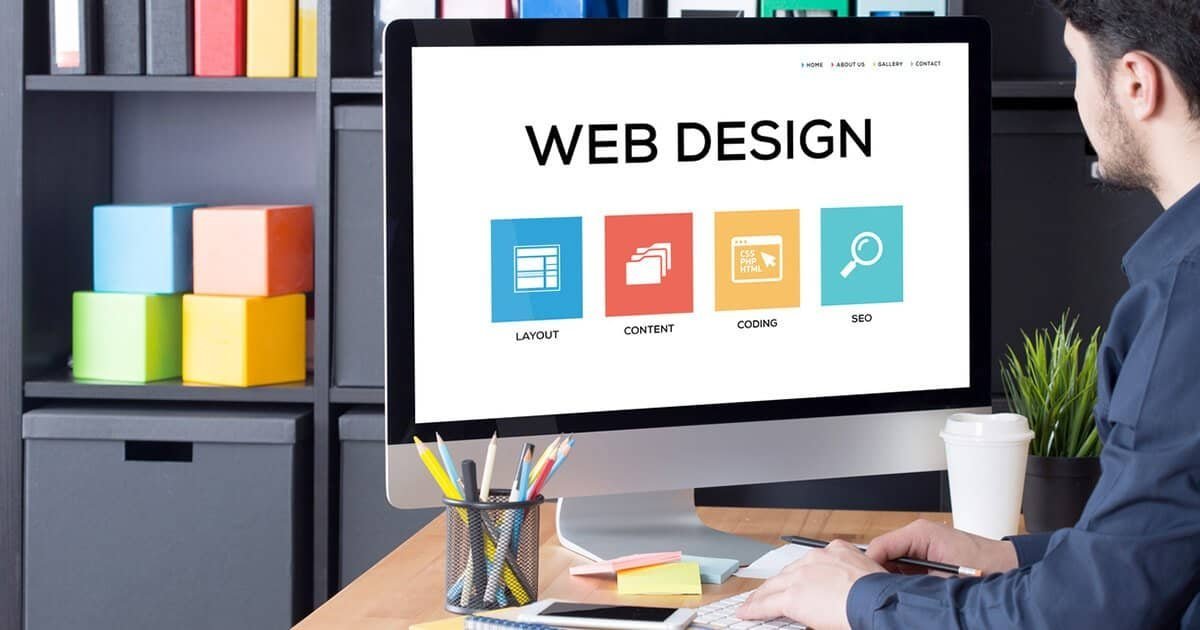
Much of making a website more accessible is making it easy to be understood by technologies such as screen readers, which convert visual text to audible words. This also makes a site easier to index and be found by search engines, which will enhance SEO performance. Whether following Section 508 or WCAG 2.0, the concepts for making a website more accessible are relatively easy to understand and apply:
- Words on the website should be easy to read by somebody who is visually impaired and by screen reader technology.
- Menus and navigation need to be easily discoverable by somebody who cannot see your website and be descriptive of the topic or purpose.
- Content that is repeated, such as sidebars, headers and footers, should have a means of bypass.
- Content should be clearly written and well structured.
- Pictures should have words in the code (known as Alt-tags) that describe
the picture. - Videos should have captions that describe the video.
- Audio files should have transcripts.
- Colour should not be the only visual means of conveying information or a change in information.
- The visual presentation of text and images should be high contrast and size adjustable.
- All content can be accessed by a keyboard and not just a mouse.
- Copy is best presented as live text that a screen reader can read—or search engine—and not embedded into an image file (particularly applies to headers and buttons).
- Forms and fields, such as newsletter signups and contact forms, should be able to be read by a screen reader and completed through a keyboard.
